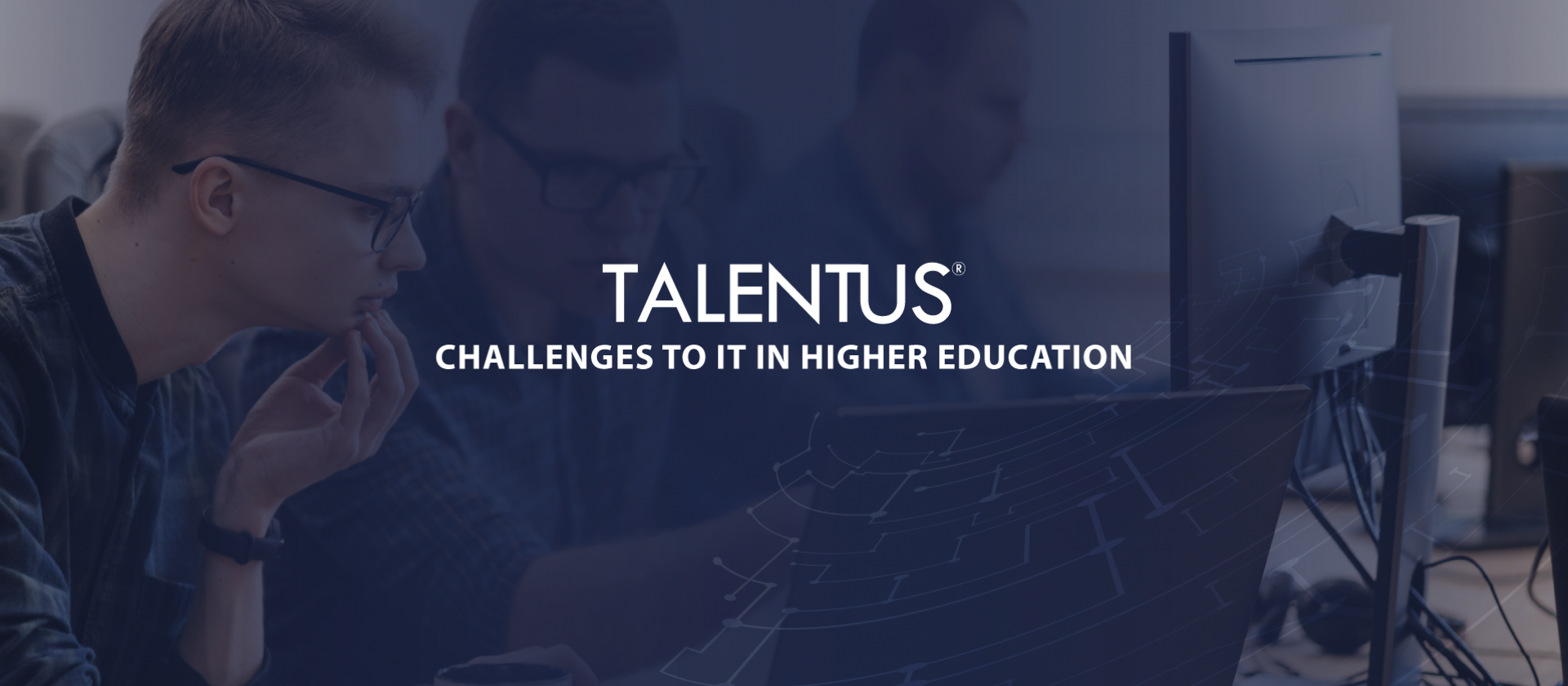Challenges to IT in Higher Education? – Technology is the backbone of virtually every function within higher education institutions, from day-to-day operations to student engagement, tech tools have become integral in achieving institutional goals. The role of a technology leader is hence no longer confined to managing IT infrastructure but extends to shaping the broader institutional strategy.
Over recent years, higher education IT has rapidly changed due to a general move towards the development of remote and hybrid learning models, cloud computing, streaming services, artificial intelligence, and very sophisticated security frameworks. As a result, a single challenge appeared before the IT leaders to stand and exploit new technologies to stir innovation, help students become successful, and create rich learning while keeping the protection of private data at the highest level. Also, the general infrastructure of technology in any institution is a factor that attracts students. Moving ahead, colleges and universities without state-of-the-art technology, or a lack thereof, may be passed over by students who believe that schools offering advanced solutions for both academics and extracurricular activities, including esports, are the better options.
The Digital Transformation of Higher Education
Where digital transformation has long been a buzzword in enterprise IT, it has increasingly become critical in the context of higher education. The transformation is not about just the new technologies being adopted; it touches on the very culture, operations, and relationships within an institution. The digitization will rewrite higher education from ground zero from how the workforce collaborates down to how students interact with course materials.
IT leaders would be the first enablers of such a transformation, which is increasingly attained through tools such as data analytics, AI, cloud computing, and advanced networking to meet strategic objectives. In turn, this will mean academics with dynamic student experiences both online and in the classroom, driving the seamless digital campus. It makes the move to higher education all the more feasible for a larger group of students, faculty, and staff, further helping the growth of an institution and making its long-term viability more successful.
However, the academic makeover does not stop at the academic experience itself. IT has become an indispensable force in rationalizing administrative functions throughout the range from admissions to course selection and from academic advising up to career services. Technologies like AI, data analytics, and virtual environments advance efficiencies and heighten the experience for students and staff alike.
Data Privacy, Security, and Compliance: A Growing Concern
It is one of the main concerns for large organizations, and higher education doesn’t stay outside this circle. Universities and colleges operate a colossal amount of data, from financial records to intellectual property, and this makes them targets for possible cyberattacks. The consequences would be dire-compromising personal safety for students, faculty, and staff and eroding trust in the institution.
Higher ed IT departments also must navigate an increasingly complex landscape of data privacy regulations. The U.S. has laws such as FERPA and HIPAA that spell out the protection of personal information, including student records and health data. For research-focused institutions, there might be extra compliance burdens if the work involves government agencies or confidential research.
Adding to the complication is the proliferation of personal devices, smartphones, laptops, and tablets that students and faculty use. Often the weakest link in an institution’s network security, as remote and hybrid learning models continue to proliferate, IT needs to make sure that robust security measures are in place. Securing endpoints and protecting against unauthorized access are paramount to safeguarding institutional data.
This can be attained when hardware security is considered in the selection of end-user devices. Such hardware security features on these devices could add a layer to mitigate vulnerabilities at the hardware level and reduce the attack surface.

AI’s Growing Role in Higher Education
AI is no longer a pipe dream but has been fast becoming an integral tool within higher education, impacting classroom learning and administrative functions alike. Students are developing the skills to enter AI-infused careers, while the faculty and staff use AI to improve teaching modes, smoothing out administrative tasks, and speeding up academic research work. More than that, the latest AI tools on campus come in the form of chatbots, recommendation systems, and content creators that enjoin AI even more with day-to-day campus life.
Despite the advantages, AI comes with unique challenges, especially on the issues of ethics and data privacy. With the continued rise in AI technologies, such as generative AI and natural language processing, institutions need to ensure that personal and proprietary data is well protected. IT departments must work to safeguard sensitive information while embracing AI’s potential to improve educational outcomes.
Moreover, with the increased development of AI-powered tools, there is an increasing need for students to learn how AI works and how to use it responsibly. Higher education will be important in educating students about not only the technical capabilities of AI but also the ethical implications so that they use the AI tools responsibly and transparently.
Previous blog: What is Next in IT Jobs?
Conclusion
The role of IT in higher education is more complex and more integral than ever, and with each passing day, as technology keeps changing, so does the responsibility of the IT leader to shape the future of education. It would mean building a digital transformation environment that fosters innovation, student success, and ethical learning through embracing digital transformation, making security a priority, and harnessing the power of AI. But with this ever-changing landscape, the leaders of IT in higher education need to be agile, proactive, and vigilant so that technology remains a force for good.
Glossary of important terms
Talentus: a global company that provides US companies with reliable IT services, near-shore talent, and support up to their necessities.
Information technology (IT): the use of computers, storage, networking and other physical devices, infrastructure and processes to create, process, store, secure and exchange all forms of electronic data.
Higher education: education at a college or university where subjects are studied at an advanced level.
Artificial intelligence: the theory and development of computer systems able to perform tasks normally requiring human intelligence, such as visual perception, speech recognition, decision-making, and translation between languages.
